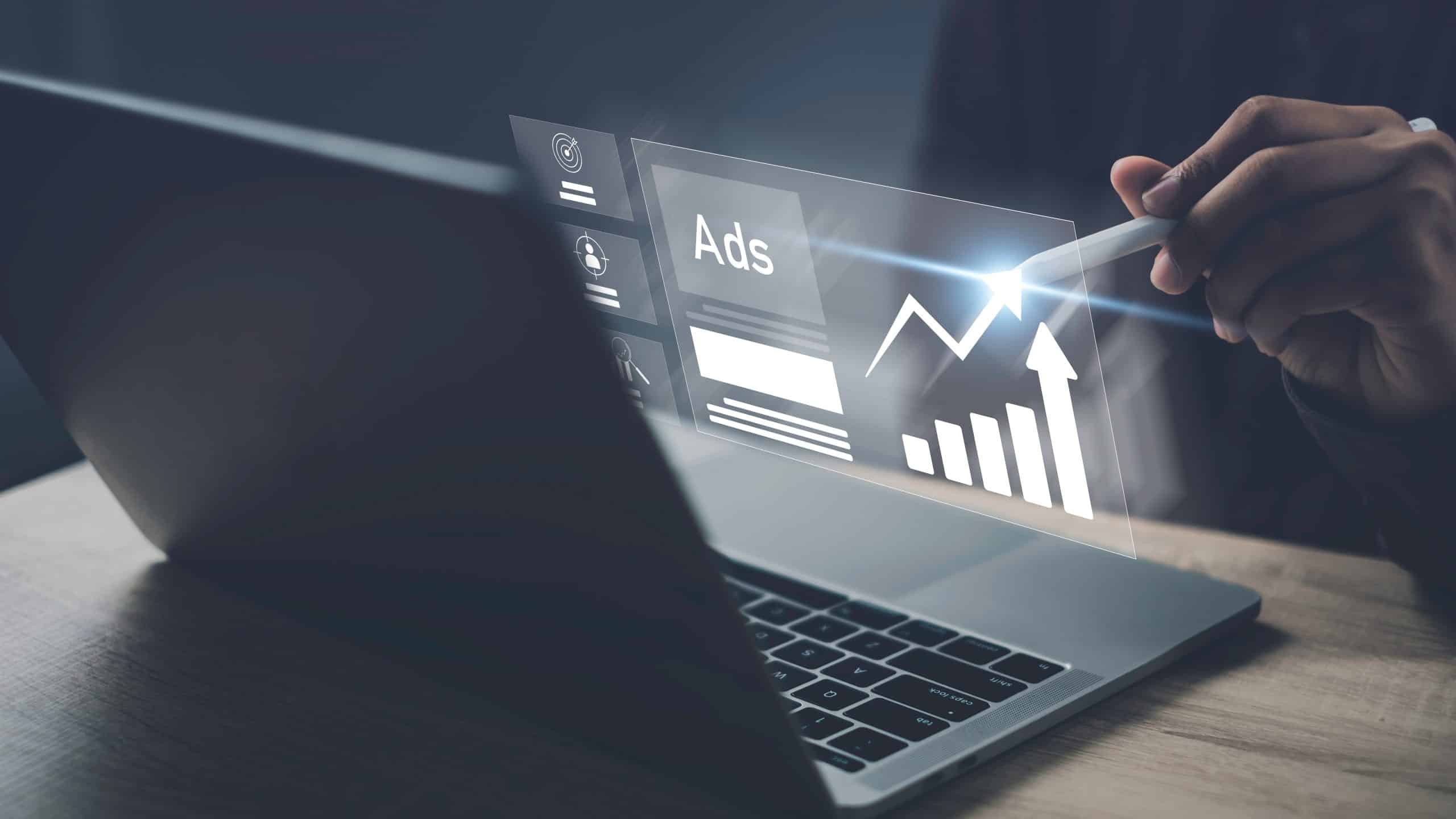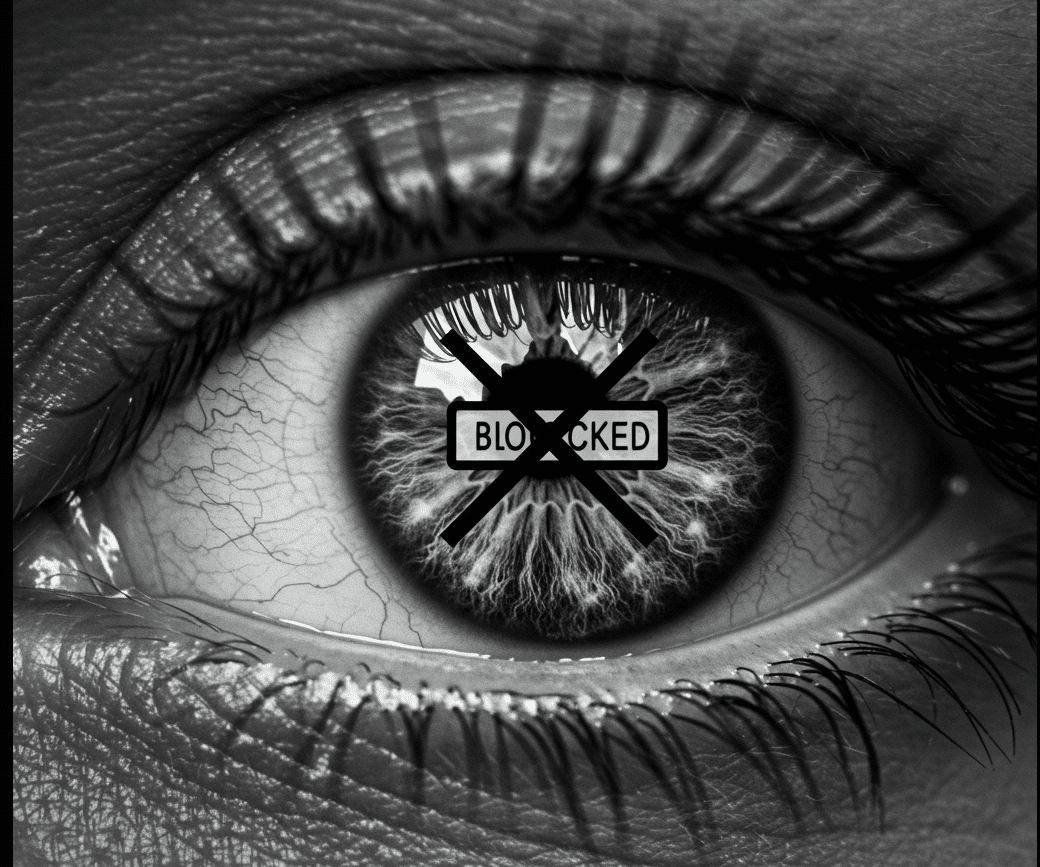Programmatic video advertising is on the rise and shows no signs of slowing down. The medium offers data-driven targeting, time-saving automation and the chance to capture consumer attention while ultimately driving sales.
Since 2016, video marketing has increased nearly 40%, from under two-thirds adoption in 2016 to a whopping 91% of businesses currently using it. From 2013 to 2024, U.S. programmatic digital display ad spend increased from 4.99 billion to $156.82 billion, and most of that growth was driven by video.
Here’s a look at what programmatic video advertising is and how it can help advertisers increase ROAS.
What Is Programmatic Video Advertising?
Programmatic video advertising is the automated process of buying and selling video advertising. The system uses data and algorithms to select targeted ads and ad placement across digital platforms for specific audiences.
The selection takes into account factors such as audience demographics, ad cost, and ad relevance, all via available data. The goal is to target the right audiences with the right ads at the right time, without wasting ad spend where it won’t make an impact.
What are the pros and cons of programmatic advertising?
Like any system, programmatic advertising brings benefits and challenges.
The benefits include cost-effectiveness, time saving, data-driven optimization, accurate audience reach, increased engagement, and real-time updates about campaign progress. Well-chosen videos can connect with viewers in a way that feels emotional and encourages spending. The automated process saves advertisers and publishers the work of finding and reaching the right viewers, and real-time progress updates can provide instant campaign adjustments when necessary.
But there are drawbacks. The automated nature of programmatic advertising leaves room for fraud or incorrect data. An unsavory partner can simulate clicks and engagement that didn’t really happen, and you might receive data that isn’t high quality or helpful to your goals.
You’ll want to make sure you have a trustworthy partner who will accurately represent viewer responses and provide well-sourced data. In the second quarter of 2024, advertisers lost 1.14 billion U.S. dollars in open programmatic ad spend due to ad fraud and invalid traffic on CTV, and mobile apps recorded a loss of 1.28 billion dollars, according to Statista.
How Does Buying Programmatic Video Advertising Work?
An advertiser will choose which KPIs it’s looking to maximize, such as brand awareness, engagement, and conversion. Then the automated programmatic platform uses data and algorithms to select and reach a target audience, based on factors including location, demographics and interests. The platform will choose which times to run the ads in a specific sector, and it will tweak campaigns based on live, automated feedback.
Content discovery platforms (like Taboola) enable advertisers to rapidly scale up their programmatic video campaigns to include in-feed outstream placements across hundreds of premium publisher websites through direct integrations with demand-side partners such as The Trade Desk and AppNexus. Advertisers can often access premium real estate via a few easy clicks, and publishers have a lot to gain.
Taboola powers in-feed placements on publisher websites with branded videos from its marketplace. These videos generate three to six times higher CPMs than banner ads, and they’re nonintrusive so publishers don’t have to worry about annoying their users.
Key Components of a Successful Programmatic Video Campaign
In order for a programmatic video campaign to land with your viewer and create conversions, you’ll want to keep a few things in mind.
Your video content should feel fresh, creative and offer high technical quality. Videos offer a great chance to bring a mini-movie experience to consumers, and your content should take advantage of that. You’ll also want to make sure your data supply offers the information you need in order to guide your strategy. You’ll want to test things out and see what works best with your target audience, and make sure you have the right metrics and updated insights to optimize your campaigns and make any required changes.
Challenges in Programmatic Video Advertising
One challenge of anything automated is that you can’t always control where your content will end up. Your ads might screen on websites or platforms whose purpose you don’t agree with. You’ll also need to monitor how the technical aspects of your video ad — such as file size — work on a given platform in terms of loading time and other potential tech issues.
The Role of AI in Enhancing Programmatic Video Ads
Artificial intelligence plays multiple roles in the efficacy of programmatic video ads. Logistically, AI helps utilize data to plan, target, adjust, and optimize campaign activity. AI makes automation easier and it frees up advertisers to focus on other tasks. Creatively, AI helps advertisers ideate and then iterate on those ideas.
In addition, AI can help advertisers approach an old campaign in a new way that speaks to today’s consumers. It can also assist in the case of creative block and offer a different perspective on how to best implement a current advertising opportunity.
Programmatic Video Advertising Examples
A Major U.S. Fashion Brand Achieves 81% Viewability Rate with Taboola
A major United States fashion brand was promoting a new line of children’s sneakers. The brand was working with a leading agency trading desk to scale its branded video audience and optimize viewability, completion rate and CPM. With the help of Taboola, the agency trading desk could access in-feed video through a private marketplace (PMP) to ensure priority access, strong performance and transparency. The brand was able to enhance their targeting with first and third-party audience data, and accessed unique Taboola audience data through their PMP. The brand was able to achieve an 81% viewability rate (benchmark 60%-70%), a 68% completion rate (benchmark 50%-66%), and a 99% Brand Safe Delivery as measured by IAS.
Leading Agency Achieves 15% Decrease in Month-Over-Month CPM With Taboola Video
A major U.S. finance company sought to educate consumers about the firm’s often-complex product offerings via a video series. Their campaign goal was to achieve high viewability. The agency managing the campaign was seeking high value inventory sources as well as top quality publishers where they could leverage their existing video assets. They partnered with Taboola, who made sure the brand optimized effectively to increase viewability and drive completion rate. The finance company was able to achieve an 80% viewability rate (benchmark 60%-70%), a 70% completion rate (benchmark 50%-66%), and a 15% decrease in CPM month over month.
The Future of Programmatic Video
The future of programmatic video advertising looks bright. New platforms are constantly evolving to help advertisers reach consumers, and rapid innovations in AI are introducing new and exciting ways to increase specificity in both targeting and creative output. Programmatic video advertising offers an ease and efficiency that marketers will continue to welcome in an increasingly complicated consumer landscape.
Frequently asked questions (FAQs)
Is YouTube considered programmatic?
Yes, YouTube is considered programmatic advertising. You can buy ads on the platform via GoogleAds and target them to reach your specified audience.
Can you buy Spotify programmatically?
Yes, Spotify offers programmatic advertising. Users can leverage Spotify’s first-party contextual data to grow their audience reach.
What is a potential limitation of attribution modeling?
Attribution modeling can fail to show the entire customer journey, so credit might not be given where it is due. The format rewards online touchpoints, such as last click attribution, while often missing other contributing factors like word-of-mouth or in-store displays.



